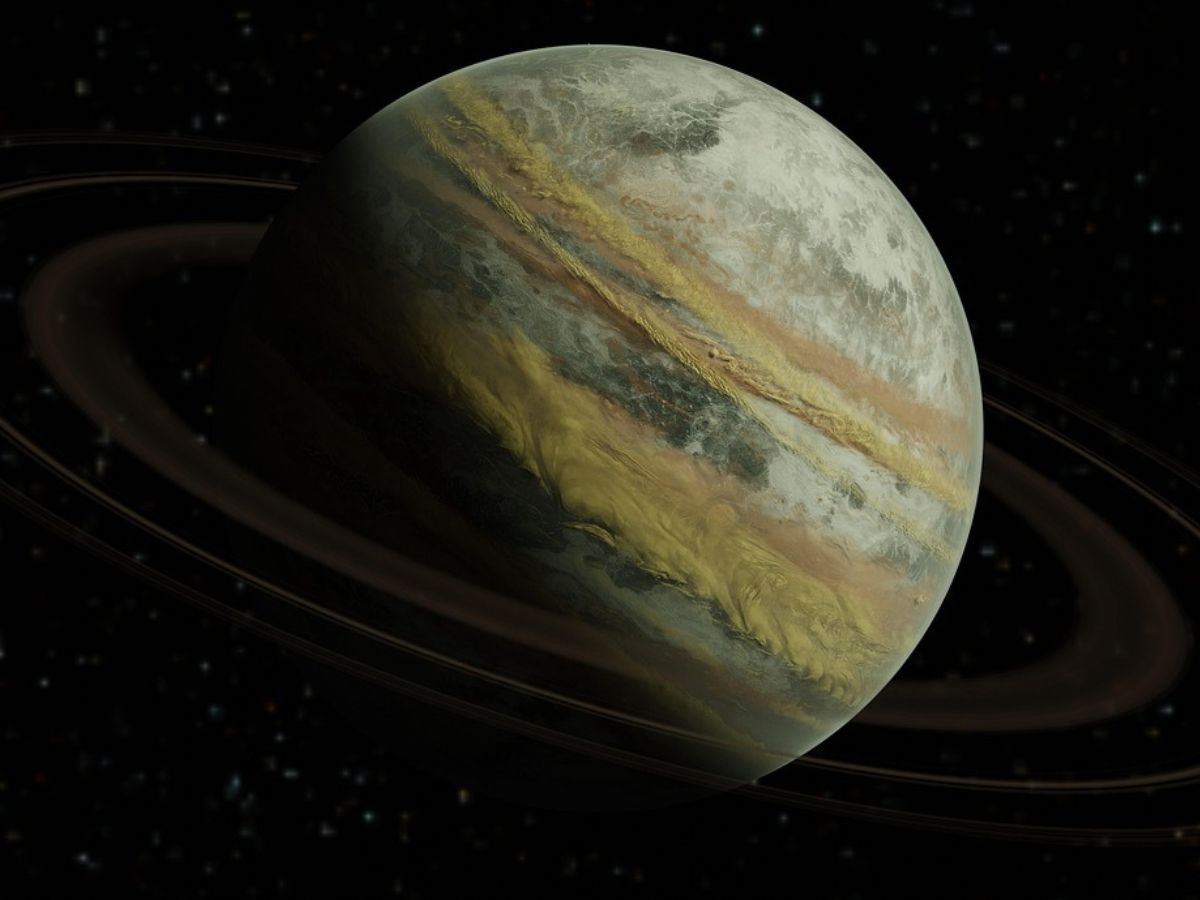Science
Astronomers Predict Discovery of Life Signs on Exoplanets by 2027

Astronomers have announced the possibility of detecting signs of life on exoplanets within the next four years. This ambitious timeline is bolstered by advancements in technology, including the capabilities of the James Webb Space Telescope and future missions planned by the European Space Agency and NASA.
Significant improvements in observational techniques are paving the way for this breakthrough. The James Webb Space Telescope, launched in December 2021, has already begun capturing data that could reveal crucial atmospheric details of distant planets. Experts suggest that the telescope’s precision may allow scientists to identify biosignatures, which are indicators of biological activity, in the atmospheres of these worlds.
Research published by IOPscience highlights that astronomers are focusing on exoplanets located in the habitable zones of their stars, where conditions may be suitable for life. This includes planets that are similar in size and temperature to Earth, potentially offering the right environment for liquid water and other essential elements for life.
Technological Innovations Fueling Discovery
The capabilities of next-generation telescopes play a pivotal role in this search. The James Webb Space Telescope features advanced spectrometry that can analyze the chemical composition of exoplanet atmospheres. This technology makes it feasible to detect gases such as oxygen or methane, which—when found together—could suggest the presence of life.
In addition, upcoming missions will complement Webb’s findings. The European Space Agency plans to launch the ARIEL mission in 2028, aimed at studying the atmospheres of over 1,000 exoplanets. This mission will enhance our understanding of planetary environments and their potential habitability.
Implications for the Search for Extraterrestrial Life
The prospect of discovering life beyond Earth has profound implications for humanity. If signs of life are confirmed, it would fundamentally alter our understanding of life in the universe and our place within it. As scientists prepare for this exciting possibility, the next few years could be pivotal in the field of astrobiology.
The timeline for these discoveries is ambitious, but astronomers remain optimistic. By 2027, they aim to present findings that could reshape our perception of life in the cosmos. As technology continues to evolve, the dream of answering the age-old question of whether we are alone in the universe may soon become a reality.
In conclusion, the ongoing efforts by astronomers, supported by cutting-edge technology, are bringing us closer to potentially discovering life on other planets. The collaboration between various space agencies and advancements in astronomical tools herald a new era in our quest to understand the universe.
-

 Lifestyle3 months ago
Lifestyle3 months agoLibraries Challenge Rising E-Book Costs Amid Growing Demand
-

 Sports3 months ago
Sports3 months agoTyreek Hill Responds to Tua Tagovailoa’s Comments on Team Dynamics
-

 Sports3 months ago
Sports3 months agoLiverpool Secures Agreement to Sign Young Striker Will Wright
-

 Lifestyle3 months ago
Lifestyle3 months agoSave Your Split Tomatoes: Expert Tips for Gardeners
-

 Lifestyle3 months ago
Lifestyle3 months agoPrincess Beatrice’s Daughter Athena Joins Siblings at London Parade
-

 World3 months ago
World3 months agoWinter Storms Lash New South Wales with Snow, Flood Risks
-

 Science3 months ago
Science3 months agoTrump Administration Moves to Repeal Key Climate Regulation
-

 Science2 months ago
Science2 months agoSan Francisco Hosts Unique Contest to Identify “Performative Males”
-

 Business3 months ago
Business3 months agoSoFi Technologies Shares Slip 2% Following Insider Stock Sale
-

 Science3 months ago
Science3 months agoNew Tool Reveals Link Between Horse Coat Condition and Parasites
-

 Sports3 months ago
Sports3 months agoElon Musk Sculpture Travels From Utah to Yosemite National Park
-

 Science3 months ago
Science3 months agoNew Study Confirms Humans Transported Stonehenge Bluestones









